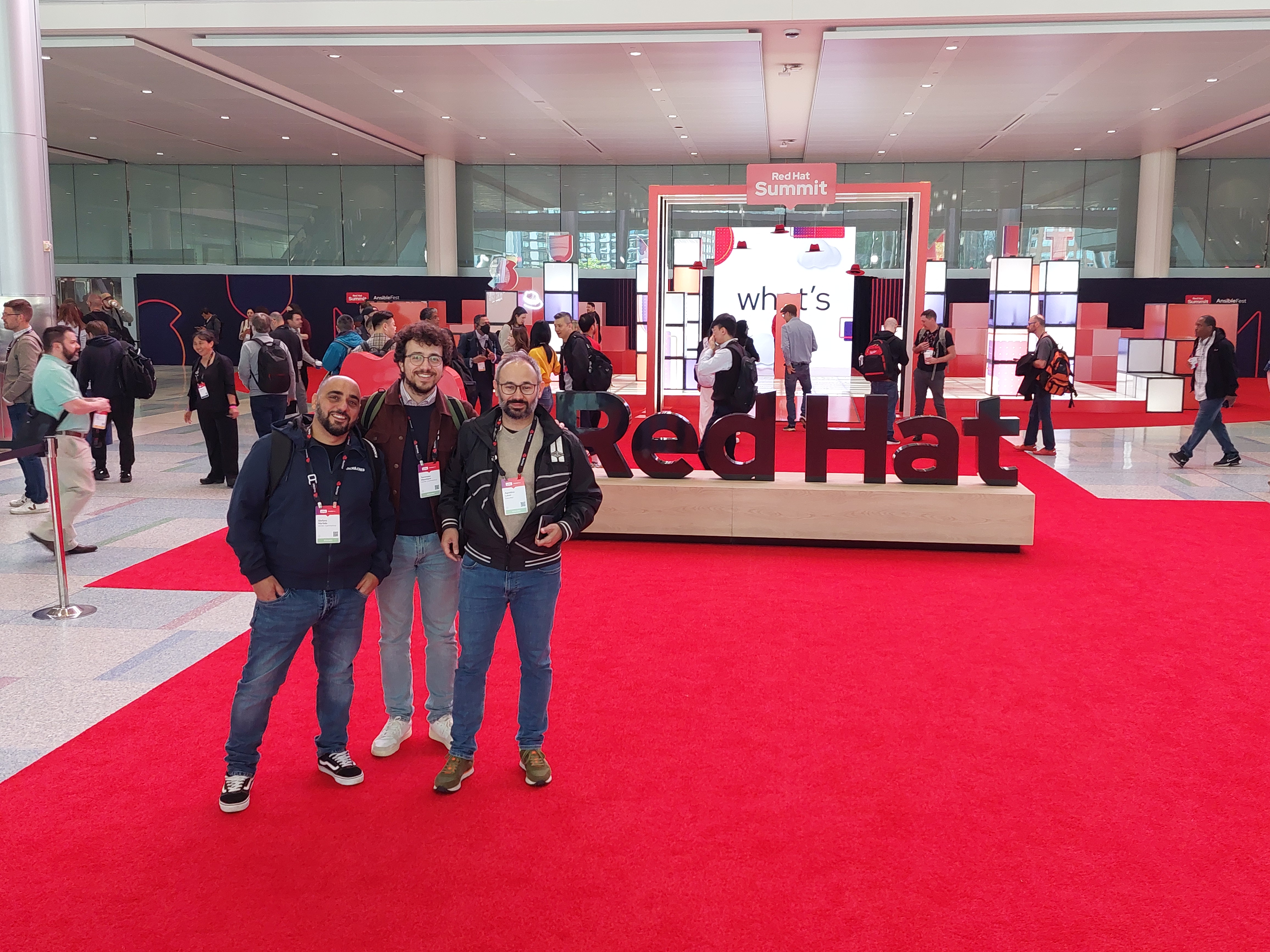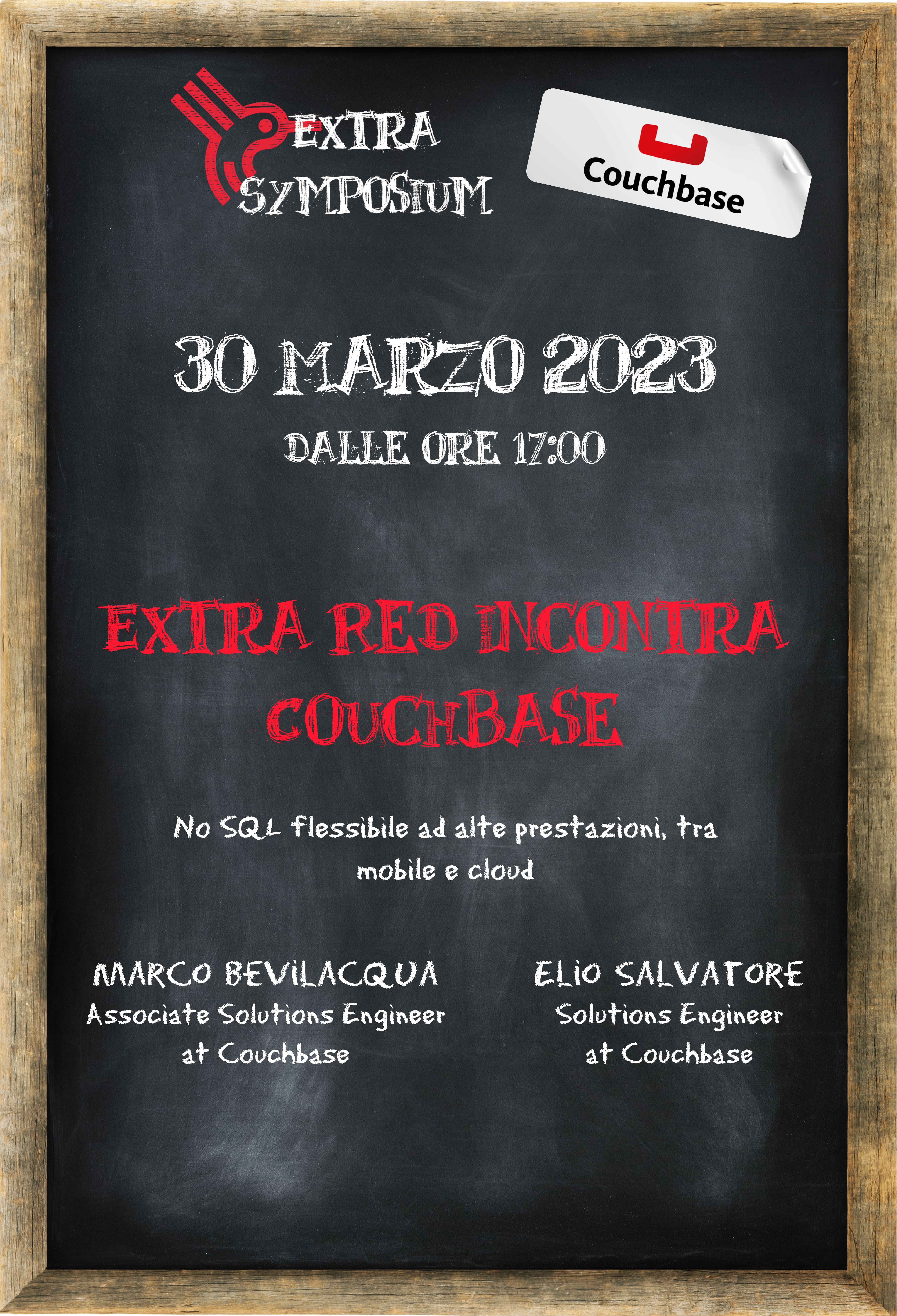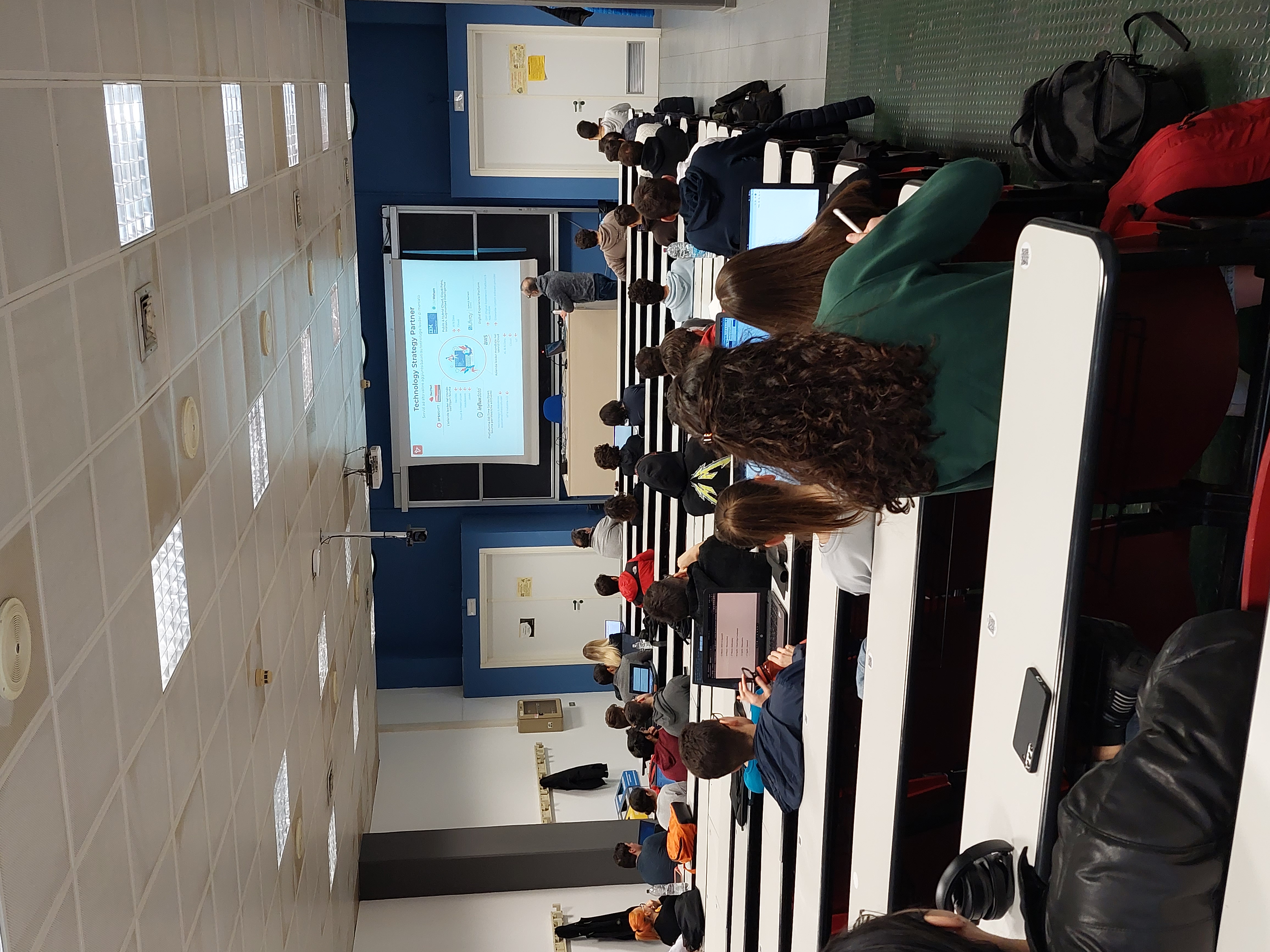What is the difference between Virtualization and Cloud Computing?
CLOUD & DEVOPS
What is the difference between Virtualization and Cloud Computing?
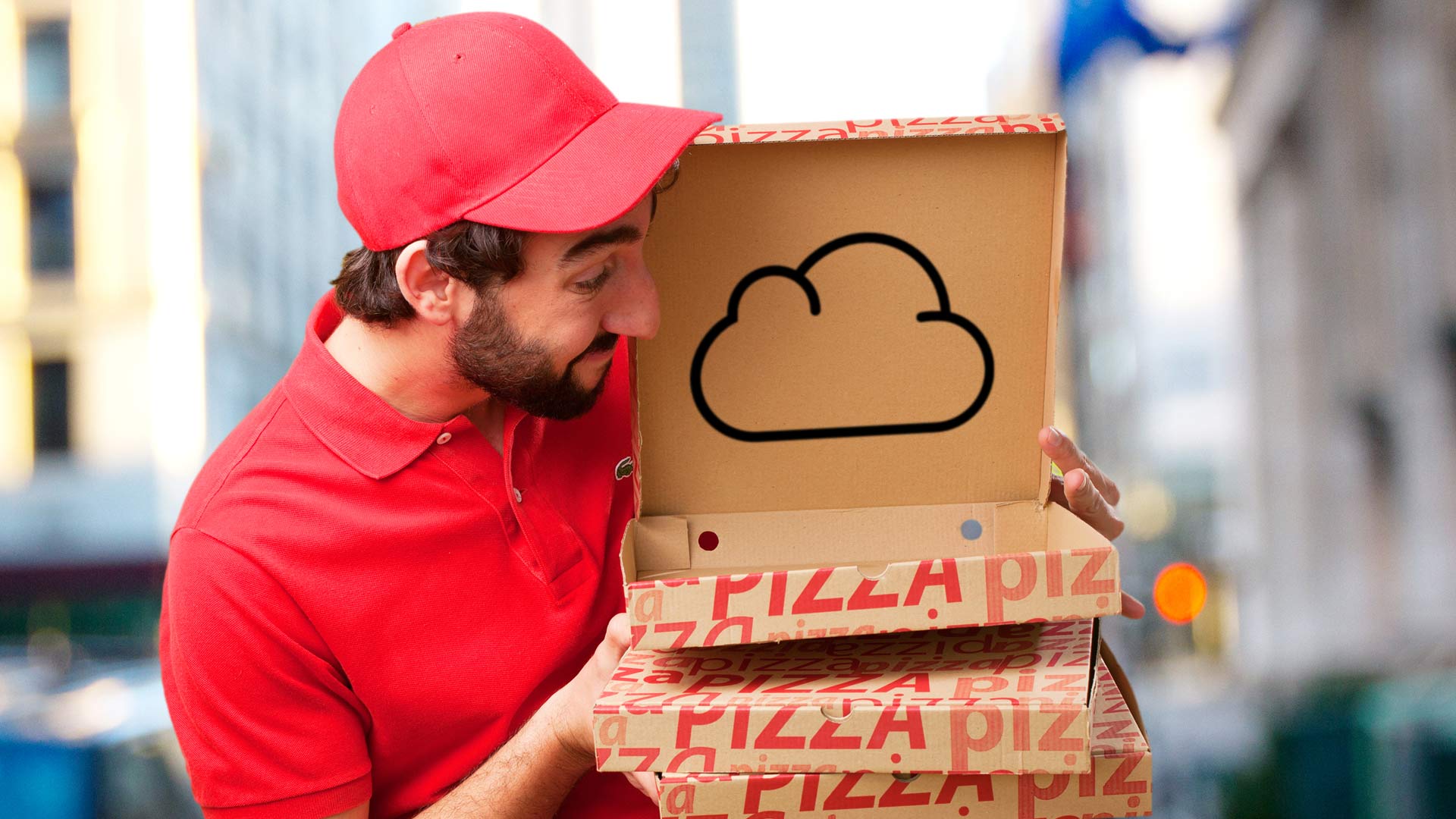
I bet at least once in your life you found yourself with friends watching a match or a movie together. Needless to say, in these cases, there's often a food component involved, perhaps a great combination of pizza and beer before or during the screening. But what does pizza have to do with virtualization and Cloud Computing? Well, you won't believe it, but they are much closer than you can imagine! Let's try to clarify what they are and how these technologies differ, with the help of a mouth-watering metaphor!
Digital Transformation is putting the spotlight on Cloud Computing, fueling the comparison between this technology and more traditional ones, like virtualization. Culinary-speaking, we could say that resorting to virtualization is like making pizza at home, while being in the cloud is like ordering a pizza for delivery. Let's see in detail what choosing one option or the other entails.
What is Virtualization?

Virtualization has been around for a while and is well known, especially in the IT sector. Virtualization helps businesses work more efficiently compared to traditional workflows or applications installed directly on physical servers. Organizations can rely on a secure environment using hardware and software managed internally by IT staff. Virtualization involves software that abstracts the physical infrastructure to create dedicated resources. The technology behind virtualization is known as Virtual Machine Monitor (VMM) or virtual manager, which separates computing environments from the actual physical infrastructure.
Traditional workloads are well supported by enterprise virtualization products, as they can run on virtual instances, even with outdated software that workloads may be tied to. Virtualization allows running multiple operating systems and applications simultaneously on the same server. This way, companies can reduce IT costs while increasing the efficiency, utilization, and flexibility of existing hardware.
Traditional virtualization is very similar to preparing a pizza. On the one hand, you need to build, configure, and maintain the virtual environment by procuring hardware and software, just like you need to get all the ingredients and knead the dough for the pizza. And if you need more resources in IT, you have to start that process again and build the additional resources you need, just as if you had to prepare more pizza dough depending on the number of guests. Once the foundation is laid, you then need to size the architecture (determine how big to make the pizzas), the operating system to use, and the software you want to virtualize (the toppings). After that, you can create the required virtual machines (proceed with the baking). If there's an IT team in place, they can handle half of this process, but it's still necessary to create each new VM, configure it, set up the software, maintain it, and so on.
What is Cloud Computing?

If you think about it, pizzerias follow more or less the same process you do at home. And this process is what underlies the home delivery service, saving the person ordering the pizza from the burden of preparation. The culinary analogy with virtualization and Cloud Computing is quite fitting since the former is the fundamental technology that powers the latter.
The cloud provides users with access to data wherever they are, with the only requirement being an internet connection. In today's ever-evolving businesses, it's essential for people to get what they need when they need it, whether on their computer, tablet, or mobile phone, in the office, remote locations, or while traveling. This is precisely the convenience offered by Cloud Computing. Cloud Computing is a generic term for various types of cloud services, including Storage, Backup, Hosting, all delivered through a Software as a Service (SaaS) model.
So, what are the differences?

Essentially, virtualization involves software manipulating hardware, while Cloud Computing refers to services that result from such manipulation. The cloud can include virtualization products to provide a computing service, but a true cloud also offers self-service capabilities, elasticity, automated management, scalability, and pay-as-you-go services that are beyond the scope of virtualization.
In a way, the cloud not only includes virtualization but also expands its capabilities. We can see Cloud Computing as an evolution of virtualization: customers who virtualize their hardware servers can adopt Cloud Computing to increase self-service, scalability, service levels, and agility.
Virtualization can make one resource function as many, while Cloud Computing allows different departments (through a private cloud) or companies (via a public cloud) to access a single pool of resources with automated provisioning.
With the cloud, if you need a new virtual machine, you can simply select its image from a shared catalog and get the product. That's it. You don't need to know where the operating system comes from, which hardware or host it runs on, or any other information, except whether to use Windows or Linux. As an end user, the fact that the hardware is already in place and the infrastructure is already configured allows you not to worry about resource utilization or sizing, although you will pay more - as expected - if you use more.

Those with a virtual infrastructure generally have it "in-house" and must then ensure they have a systems area and advanced skills to manage it, with the advantage of total control and security. The cloud offers a parallel with private cloud. However, the cloud also offers hybrid and public versions that allow an additional level of abstraction for companies that don't want to deal with the lower substrate of the infrastructure. We can say that, at an infrastructural level, virtualization and Cloud Computing don't differ much. The real difference for the buyer is that the cloud allows, in addition, the possibility of simply enjoying the service "without knowing what's behind it."
Going back to our pizza, we can say that Cloud Computing is capable of responding quickly to your needs like a convenient home delivery service, considering that you don't need to personally prepare everything. You just have to sit down and use the service! And if you want more functionalities, you can easily expand the usage of resources, just like ordering an extra pizza or drink with a simple phone call.
Obviously, there are advantages to both virtualization and Cloud Computing, just like some people prefer homemade pizza to the one ordered in a pizzeria. But if you think about the two different scenarios, one in which you have to spend a lot of time buying ingredients, cooking, letting the dough rise, and finally baking, and one in which a single phone call gives you the same result with less effort, you can understand how virtualization and Cloud Computing are two aspects as similar as they are different!
A new approach

The essential thing to understand is that the advent of Digital Transformation has not only facilitated the introduction of new technologies into our lives and organizations but has also contributed to changing the vision and approach to existing ones. Cloud Computing, in fact, is not just a new technological architecture but represents a new way of thinking about IT, focusing on service consumption rather than resource ownership.
The cloud and its flexible and dynamic tools encourage users to change their perspectives and methodologies when transitioning to this technology. Perhaps many of these things could have been accomplished earlier, but the new paradigm of Digital Transformation is undoubtedly creating and facilitating a technological flow of modernization at all levels.
Discover how to get a Cloud infrastructure in 5 steps!
article Download the eBook! (in Italian)If you want to be part of this technological innovation, you can start relying on an efficient cloud infrastructure that supports your IT organization. How? Download the free eBook now and discover the 5 steps to create a top-class cloud infrastructure!

other articles on the topic

Extra Red at the Red Hat Summit: Connect 2025 Rome

Extra Red was a key player at the "It's All CIO & Technology conference"

Extra Red at the ICT Days of the University of Pisa
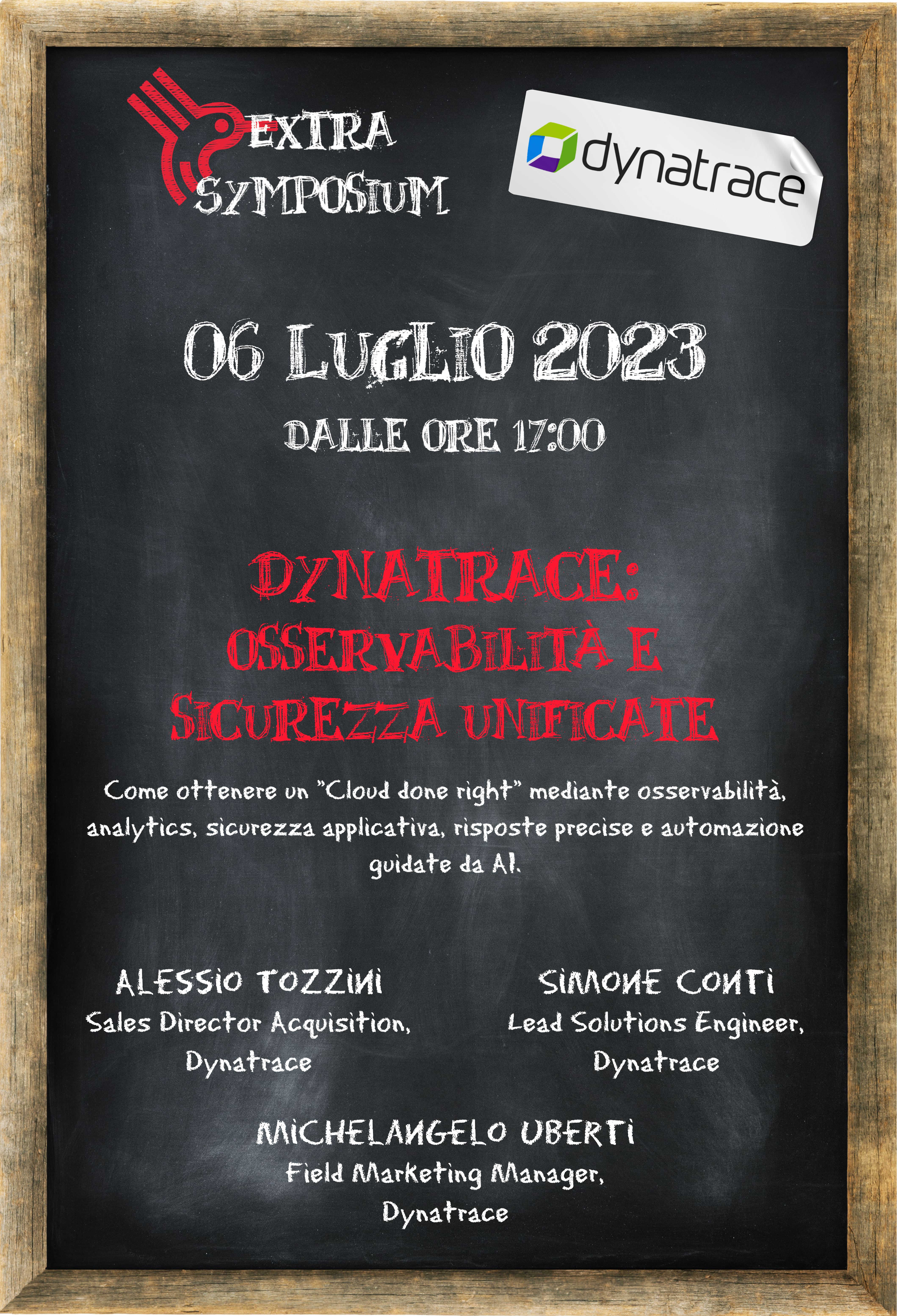
Dynatrace: Unified Observability and Security
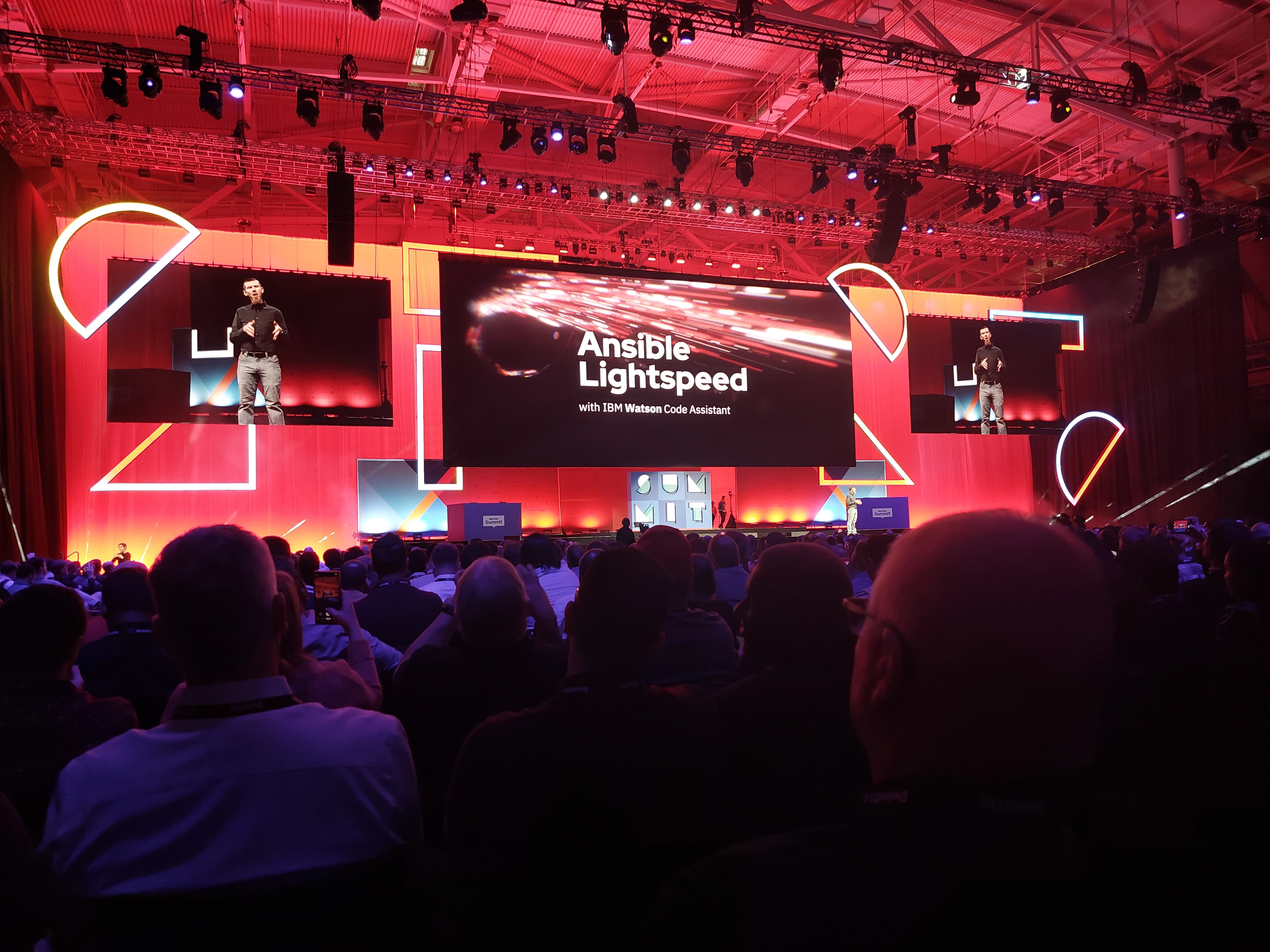
Red Hat Summit 2023 Boston

Red Hat Advanced Cluster Management

Quarkus & Couchbase: a simple REST example




